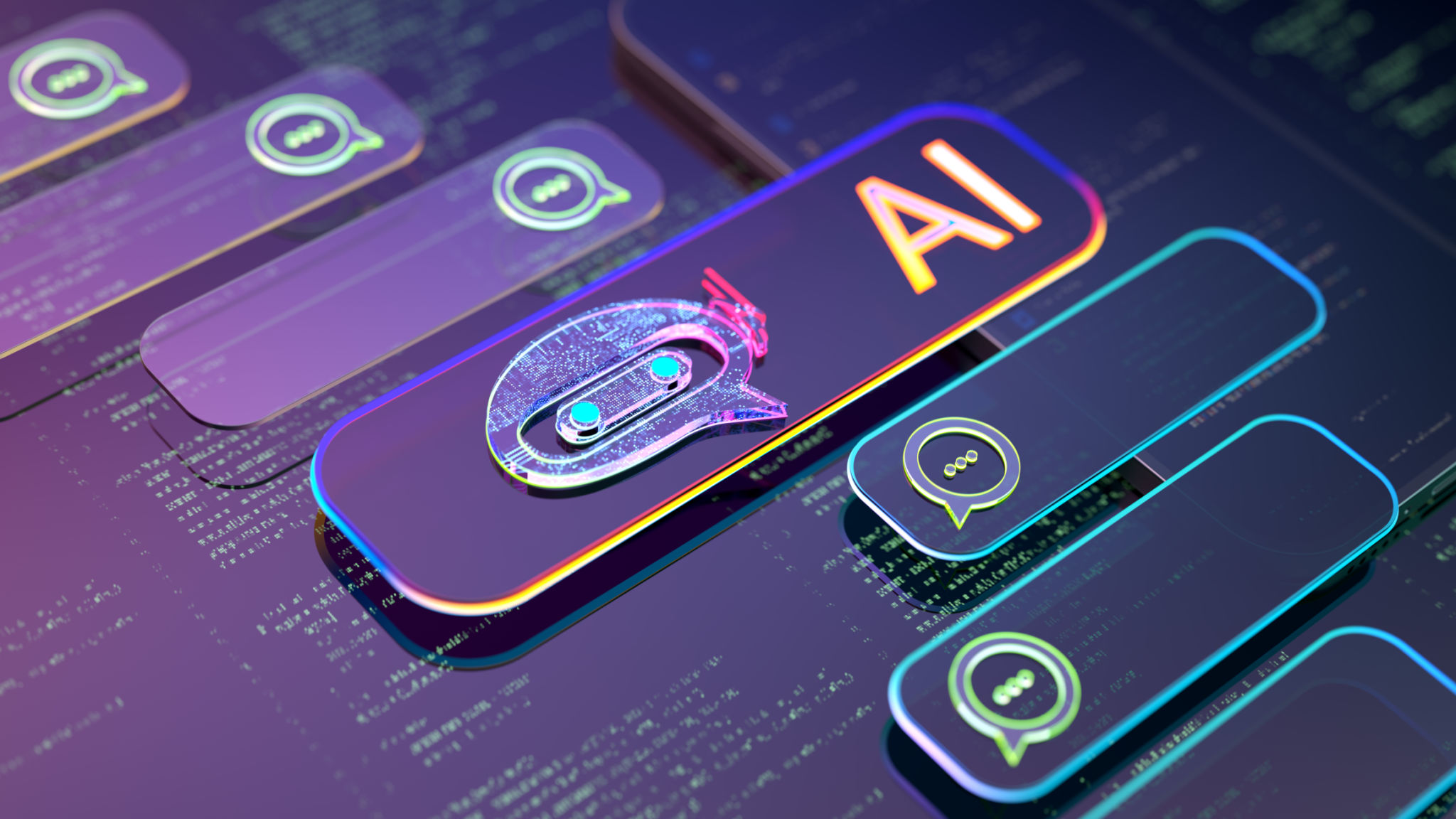AI Chatbots vs. Traditional Customer Service: A Comprehensive Comparison
Understanding AI Chatbots and Traditional Customer Service
In the evolving landscape of customer service, businesses are constantly evaluating the effectiveness of AI chatbots versus traditional customer service methods. Each approach has its unique strengths and challenges, and understanding these can help businesses make informed decisions.
AI chatbots are automated programs designed to interact with customers using natural language processing. They offer immediate responses and are available 24/7, making them an attractive option for businesses looking to improve efficiency. On the other hand, traditional customer service relies on human interaction, which can provide a more personalized experience.

Efficiency and Availability
One of the most significant advantages of AI chatbots is their ability to handle multiple queries simultaneously, providing quick responses without the need for customers to wait. This efficiency can lead to increased customer satisfaction and reduced operational costs for businesses.
In contrast, traditional customer service often involves longer wait times, especially during peak hours. Human agents can handle only one customer at a time, which can lead to delays and potential frustration for customers.

Cost Implications
AI chatbots can be a cost-effective solution for businesses. Once developed and integrated, they require minimal maintenance and can handle a high volume of interactions without additional staffing costs. This scalability is particularly beneficial for growing businesses.
However, traditional customer service requires hiring, training, and retaining skilled staff, which can be expensive. While this investment can lead to higher-quality interactions, it may not be feasible for all businesses, especially smaller ones.
Quality of Interaction
AI chatbots are continually improving in their ability to understand and respond to customer inquiries. However, their responses are limited to pre-programmed scripts, which can sometimes lead to misunderstandings or unsatisfactory resolutions.
Traditional customer service excels in providing empathetic and personalized interactions. Human agents can assess the nuances of a conversation, offering tailored solutions and building stronger relationships with customers.

Integration and Implementation
Integrating AI chatbots into existing systems can be a seamless process, especially with the advancement of technology. They can be easily programmed to access databases and provide relevant information to customers quickly.
However, implementing a robust traditional customer service team requires significant infrastructure, including training programs and quality control systems. This complexity can be a barrier for some businesses.
The Future of Customer Service
As technology continues to advance, the gap between AI chatbots and traditional customer service is narrowing. Hybrid models that combine the efficiency of chatbots with the personal touch of human agents are emerging as a popular choice for many businesses.
Ultimately, the decision between AI chatbots and traditional customer service depends on a business's specific needs, goals, and resources. By evaluating the strengths and weaknesses of each option, companies can create a customer service strategy that aligns with their objectives.

